Do Bull Mastiffs Make Good Pets? Care Tips & Owners Guide
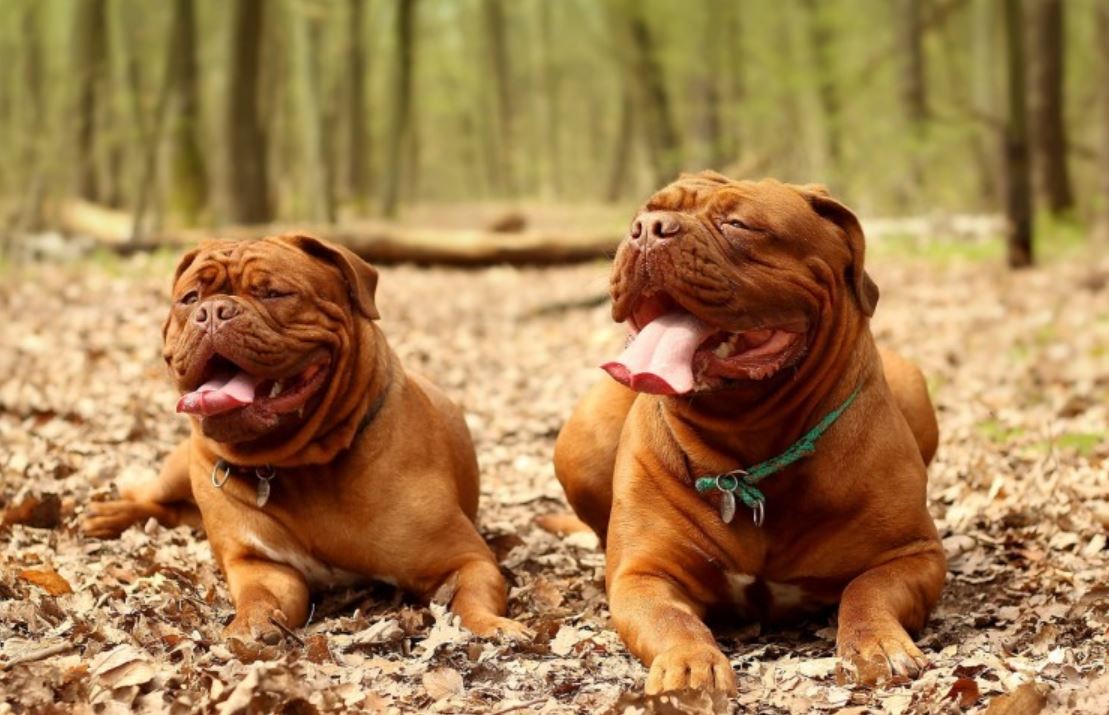
If you are considering getting a pet dog, you may be struggling to decide which breed to go for. There are many wonderful dog breeds to choose from, and one of these is the Bull Mastiff.
These dogs have a solid appearance, are fiercely loyal, and are affectionate. With a Bull Mastiff, you benefit from a dog that is both a loving pet and an effective guard dog.
Some people may question whether Bull Mastiffs make good pets, and the answer is a resounding ‘yes!’. There are so many great qualifies that these dogs offer, and this makes them ideal for all sorts of households. So, read on and find out more about the breed to determine whether this is the right choice for you…
Is it the Right Breed for You? Types of Households Bull Mastiffs Are Suited To
Taking on a pet is a huge responsibility and a big decision, and part of the challenge is deciding what sort of pet to have.
When it comes to dogs, you have to look at many different factors in order to determine the best breed for you. Fortunately, Bull Mastiffs are extremely versatile pets that are suited to a wide range of households and situations.
Some dogs are not suited to households with kids and other pets while others are not suited to smaller spaces such as apartments. With this breed, you will find a dog that gets along great with children, some may get along with certain pets, and is perfectly happy with apartment life. So, let’s find out more about the potential suitability of this breed:
Are Bullmastiffs Good For Family Homes?
If you live in a family home with adults and children, you will have no problem with this dog breed. These dogs are known as gentle giants, and they are great with both adults and children.
Once you bring them into the family fold, they will become extremely loyal to their human family.
These dogs are great with children and they tend to have a lot of patience, which is an important quality when it comes to kids.
Of course, you do have to remember that the Bull Mastiff is a very big, muscular, and strong dog, so you should bear this in mind if you have very small children.
Proper socialization from a young age will ensure you have a great family pet that is level-headed and a valuable addition to the household.
When it comes to strangers coming into the home, these dogs will be highly suspicious and could get aggressive because of their guarding instincts. Again, proper socialization can help to combat this issue.
Apartment Living
Some larger dog breeds are not well suited to apartment living.
However, the Bull Mastiff is not one of them, which is great news if you live in a smaller property or in an apartment. These dogs are not high-energy and don’t need loads of room to jump around and play.
You should, of course, make sure your pet does get enough exercise despite the low energy levels and illness.
Living in an apartment means you may not have an outdoor area where you can encourage your pet to exercise. However, daily walks are perfectly fine for the Bullmastiff, and your pet can then head back to your apartment for a well-earned rest!
Some people naturally assume that because of the size of these dogs, apartment living is out of the question. However, this is not the case at all, as this breed is perfectly comfortable living in an apartment.
Homes with Other Pets
One major factor that many people worry about when getting a dog is whether it will get along with their existing pets. Well, it is a bit of a mixed bag with the Bull Mastiff. With proper socialisation, these dogs can live alongside certain pets but there are exceptions.
Many Bull Mastiffs do not get along with other dogs, and in particular, they do not get along with other dogs of the same gender. So, if you have a male dog in the household, you could find yourself in a very difficult situation and your Bull Mastiff could become very aggressive as a result.
These dogs can get along with other dogs of the opposite sex with proper socialisation and plenty of supervision. Some may also get along with other pets such as cats when properly socialised and raised with them, but this is not always the case. You must remember that these dogs do have a high prey drive, and this could lead to a lot of cat chasing.
Another thing to bear in mind is that the Bull Mastiff is unlikely to be tolerant of visiting pets that it does not know. So, if you have outside cats that come into your garden, you must be careful. Likewise, if you have guests who tend to visit with their own dogs, you may have to put a stop to that or ensure it is not in the same room.
Bullmastiffs as Guard Dogs
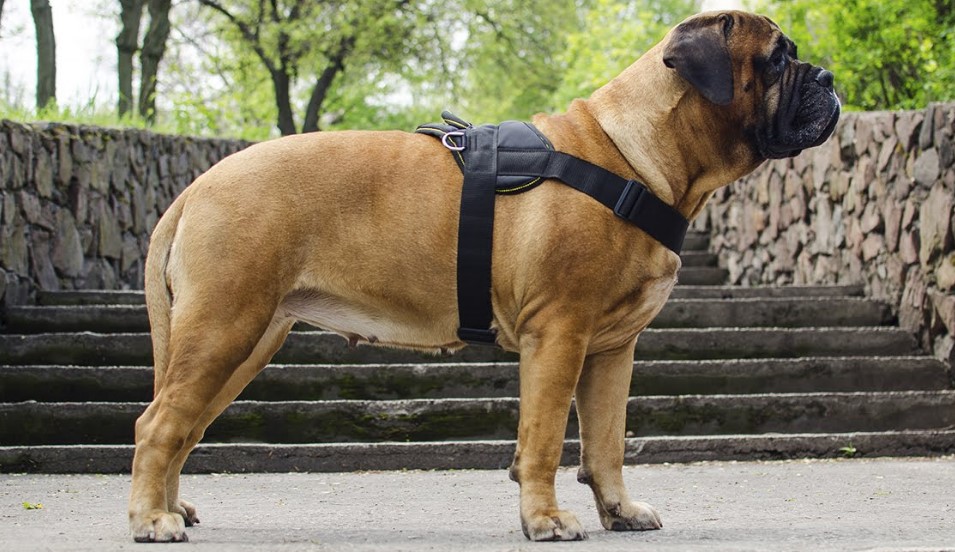
One thing that Bull Mastiffs have become known for is their excellent guarding capabilities.
This is a breed that is very protective, and if your Bull Mastiff thinks its human family is in danger, it will react. The breed has a long history as a guard dog and your pet will be eager to protect you if it feels you are at threat.
These dogs are sometimes known as silent watchdogs, as they use their intimidating size and their very presence to keep unwelcome visitors at bay.
They can become aggressive and bite, but this is often the last resort. Again, it is all done in the name of protecting its family rather than just being aggressive for the sake of it.
Some Key Characteristics of the Breed
In order to determine the suitability of this breed, it is advisable to familiarise yourself with some of the key characteristics.
Naturally, you have to remember that each dog will have its own individual personality traits but the general characteristics of Bull Mastiffs as a breed will help you to make your choice.
Adaptability
The Bull Mastiff is a very adaptable breed, not least because it adapts very well to living in an apartment.
In addition to this, the breed can adapt well to being left at home alone when its owners are out at work or elsewhere. This makes it an ideal breed if you live in an apartment and you work all day.
Friendliness and Temperament
These dogs have a gentle temperament and are loyal and loving with people they know and pets that they are raised with.
However, with strangers, same-sex dogs, and animals they are not familiar with, they can show aggression. This is why you need to ensure your Bull Mastiff is properly socialised from puppyhood.
Trainability
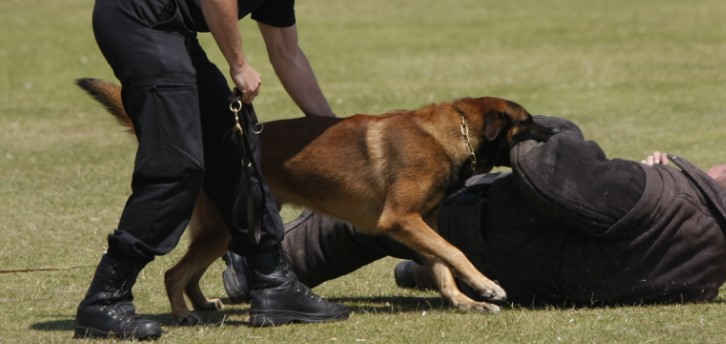
One thing to note about these dogs is that they are very intelligent – however, as pointed out by PetMD, they are also very stubborn. This means that they are not always easy to trains, and it certainly isn’t a job for someone new to the breed and those who cannot be assertive. If you do decide to train your dog yourself, you must ensure you establish that you are the alpha male.
Grooming Needs
With its short, coarse coat, the Bull Mastiff does not shed a lot compared to many other breeds. You will, therefore, be able to get away with pretty basic grooming. Brushing the dog is simple and easy, and you can use special grooming gloves to remove any dead hair. You can learn more about grooming with this video.
Exercise Requirements
As mentioned previously, Bull Mastiffs are not high-energy dogs, so they won’t be bounding around destroying your home.
They also won’t require huge amounts of exercise, although pups are more energetic than adult dogs.
You should, however, make sure you take your dog out for a walk a couple of times a day to avoid weight issues and to get some healthy activity into its routine.
According to the Coon Rapids Pet Hospital, obesity can be a problem with this breed, so daily exercise is a must.
Size and Weight

The Bull Mastiff is a large, sturdy, and muscular dog, so you need to bear this in mind when deciding whether you choose this breed.
Pet food specialist, Purina, states that males can reach heights of 63.5-68.5 centimetres and weight of 50-59 kilograms. Females can reach heights of 61-66 centimetres and weight of 41-50 kilograms.
Average Lifespan
Naturally, we all wish our pets could live as long as we do, but sadly they live much shorter natural lives than their owners.
The average lifespan of a Bull Mastiff is 8-10 years. According to Canna-Pet, there are also various health issues and these can affect the lifespan of this breed.
Food Requirements
There are various options you can consider when it comes to the diet of your Bull Mastiff. These dogs fare well when put on a raw food diet.
However, you can also feed them on high-quality complete dog food, which contains a wide variety of necessary minerals and vitamins. You can also feed some fresh fruit and vegetables according to the American Kennel Club.
You can also add food such as cooked vegetables and minced beef to the kibble and you can feed food such as oily raw fish, which is rich in minerals and good for their health and coats.
A grown Bull Mastiff is generally fed twice a day, with a larger portion in the morning feed. Puppies should be fed three times a day.
Overall Cleanliness
The minimal shedding of this breed coupled with the fact that it is not the type of dog that has energetic – and often destructive – bursts means you can look forward to having a clean pet.
However, one thing to be wary of is that these dogs drool an awful lot, so you may find yourself mopping up drool on a regular basis! According to Vet Street, the longer the dog’s jowls, the more they are likely to drool.
The Different Mastiff Breed Variations
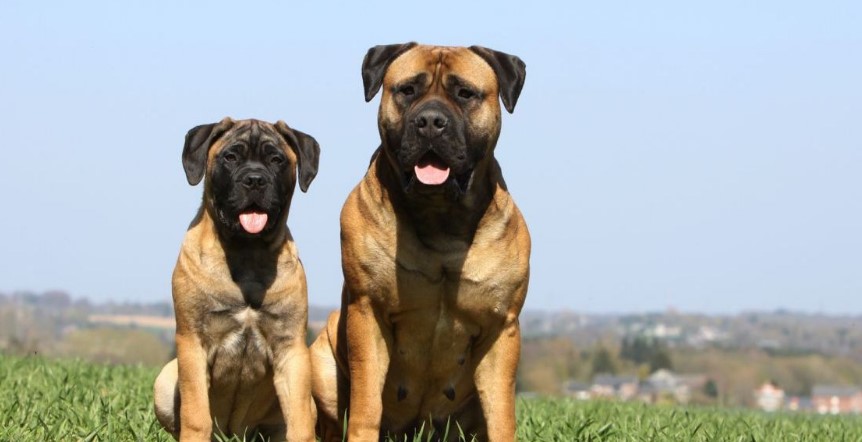
The Bull Mastiff breed combines two breeds – the Bulldog and the Mastiff. Many people don’t realise that there are different variations of Mastiffs some of which combine Bulldogs with other breeds. The different varieties include:
- Argentinian Mastiff
- Brazilian Mastiff
- English Mastiff
- French Mastiff
- German Mastiff
- Italian Mastiff
- Neapolitan Mastiff
- Pyrenean Mastiff
- Spanish Mastiff
- Tibetan Mastiff
- Canary Mastiff
- Japanese Mastiff
- South American Mastiff
The AKC provides further details about the variety of Mastiff breeds and variations.
A Mastiff Decision: The Pros and Cons of Owning a Bull Mastiff
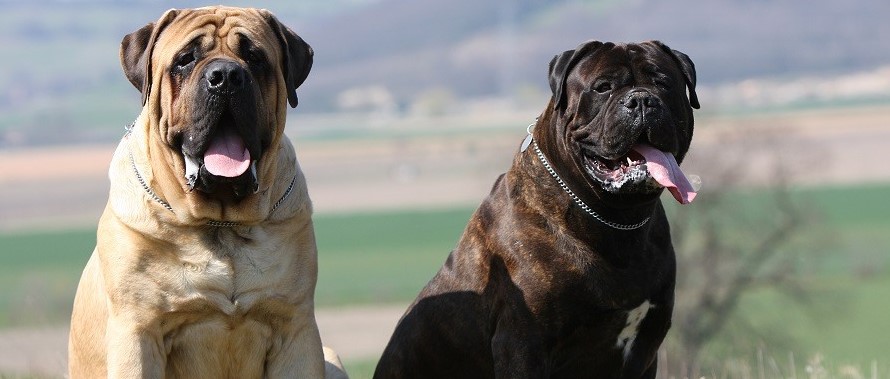
As with any dog breed, it is important to consider the pros and cons of owning a Bull Mastiff before you make this massive decision. So, let’s take a look at the various advantages and disadvantages of owning one of these dogs:
Pros:
- Easy to groom
- Minimal exercise requirements
- Great with kids
- A fabulous guard dog that is very protective
- Very loyal and loving pet
- Highly intelligent
- Extremely adaptable
- Perfect for apartment living
- Adapts well to being alone while owners are out
- Very calm and quiet
Cons:
- Very large and muscular dog – may put people with small children off
- Drools a lot
- Can be aggressive with other dogs, especially same-sex dogs
- Some may not get along with other pets
- May act aggressively around strangers
- Can be rowdy during puppyhood
- Has a very stubborn streak
- May be difficult to train
- Some may snore loudly!
- Can suffer from flatulence – be mindful of diet!
- A much shorter lifespan compared to many other dog breeds
Some of the cons listed can be addressed by making sure you socialise your pet properly while it is still young.
This can make a huge difference when it comes to things such as how well it gets along with other pets and how it reacts around visitors to your home.
Enjoy Life with Your New Pet!

So, now you know more about this breed, it is time to make up your mind and decide whether this is the breed for you.
If you decide that it is the right breed, you can look forward to life with a wonderfully loyal, loving, and protective new companion.
Make sure you get your pet checked by the vet on a regular basis, as this breed can be prone to a range of health problems.
Also, ensure you get your new friend inoculated and keep up with its boosters to help protect against a range of health issues.


